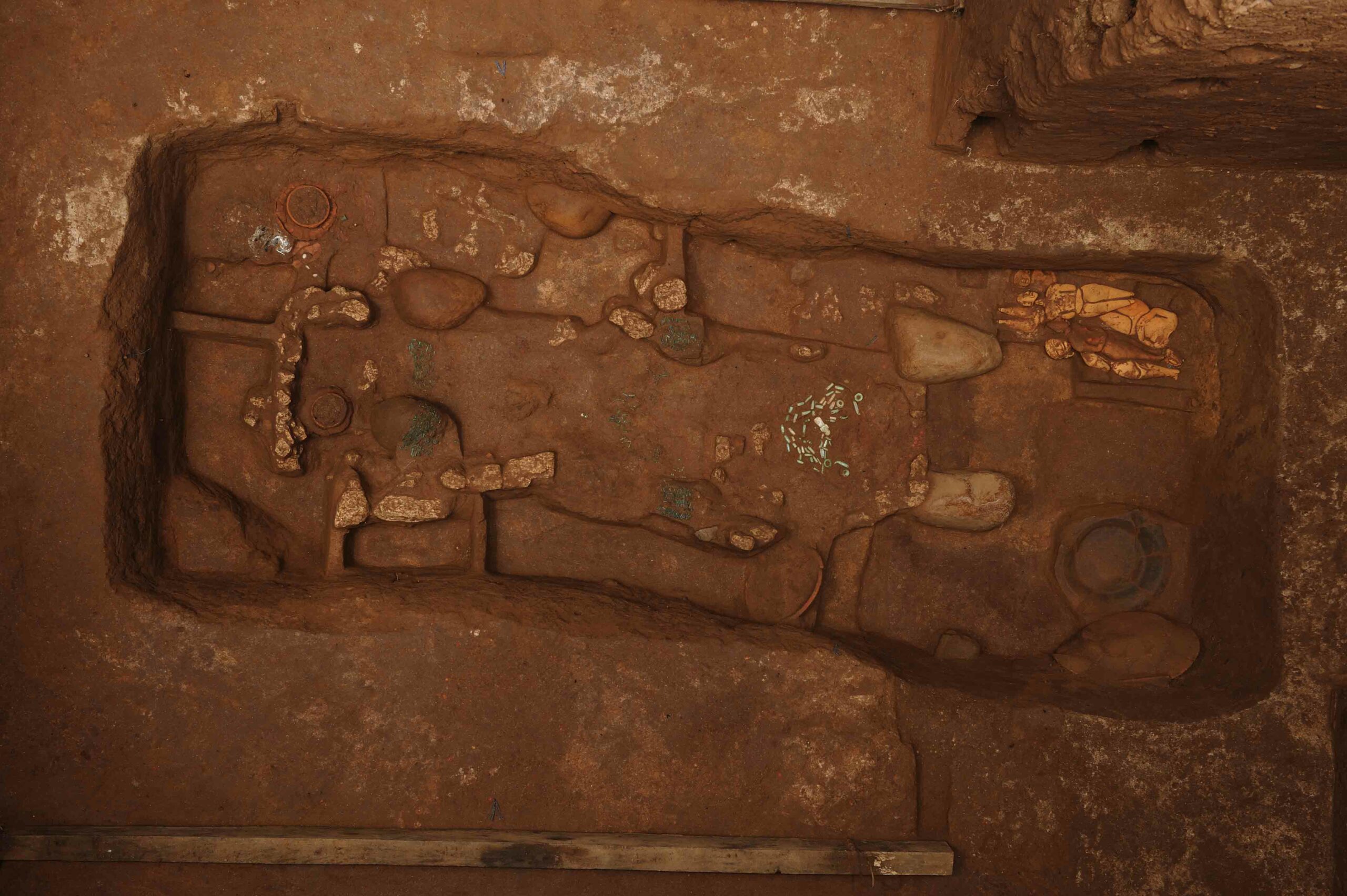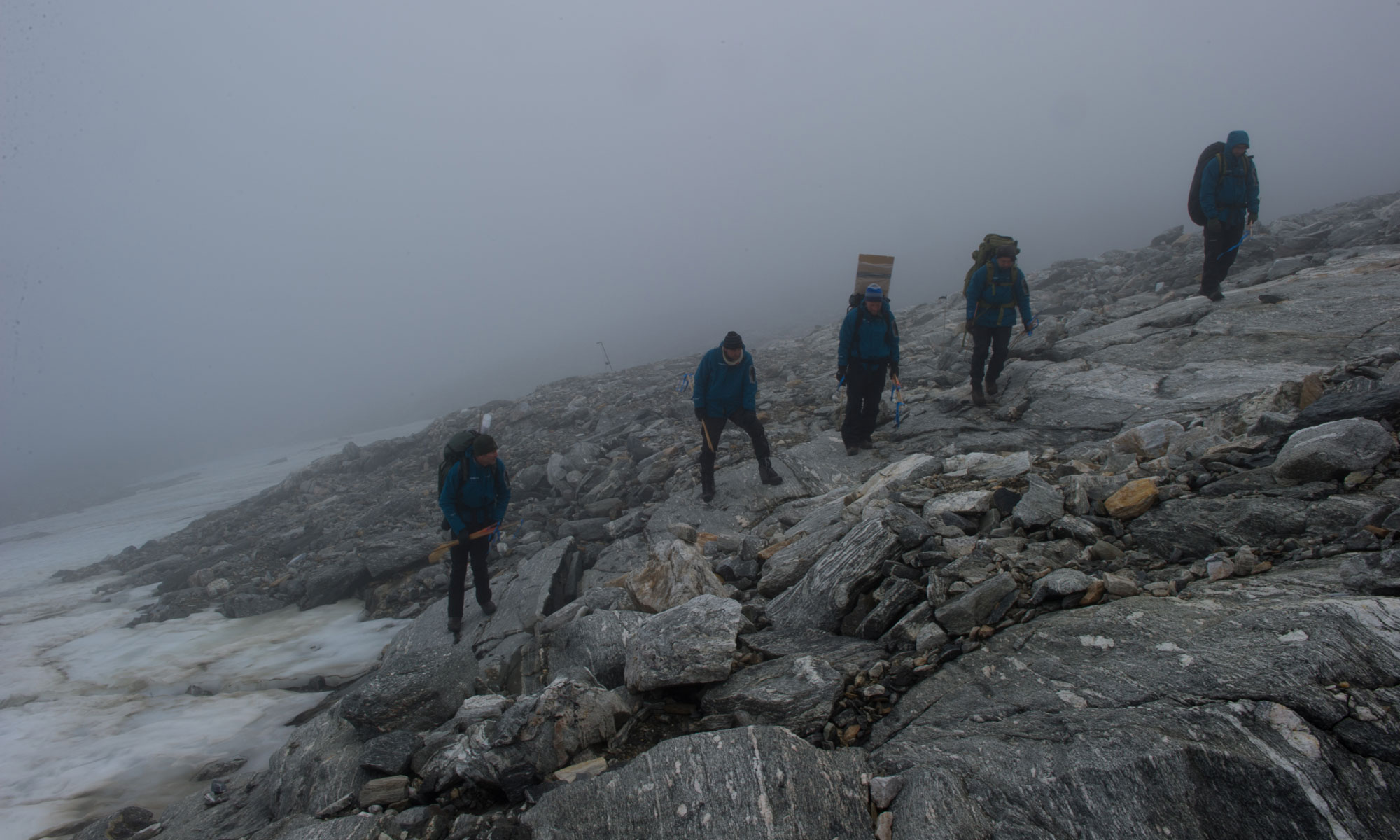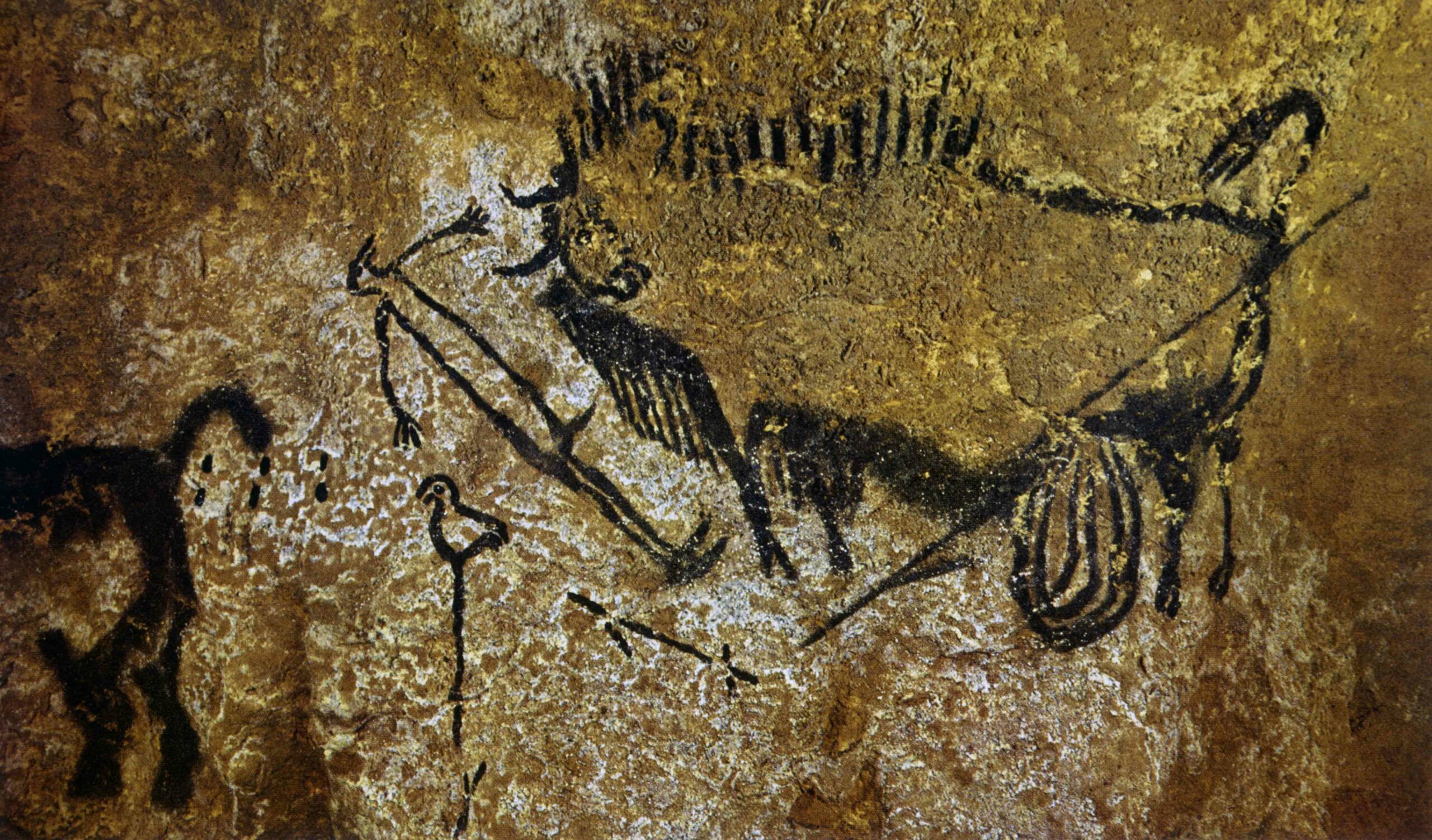
WASHINGTON, DC—Scientists are attempting to use teeth—specifically, by examining the shapes of ancient molars and premolars—to determine what the common ancestor was between modern humans and their closest relatives, the Neanderthals. Most estimates believe humans and Neanderthals diverged 400,000 years ago, making the long extinct Homo heidelbergensis a likely candidate. Not so, says Aida Gómez-Robles of George Washington University. "The most likely dental shape of an ancestral species is an intermediate shape between the one observed in both daughter species," she says. And H. heidelbergensis doesn't fit the bill. Her finding is that the common ancestor may go back even farther, possibly living up to one million years ago.










